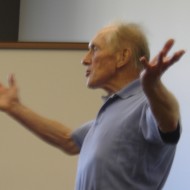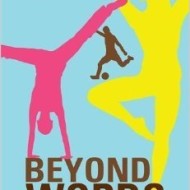
The notion of embodiment refers to the assumption that thoughts, feelings, and reactions that are grounded in sensory experiences and bodily states. By extension, mental processes involve simulations of physical actions and perceptions. For example, early childhood experiences moving about in the physical environment are believed to structure later understanding and representation of abstract concepts such as status, power, time, etc.
Such notions tend to redress the position of movement professionals as a cognitive minority. As I noted in an earlier blog, we believe that movement is meaningful and may be studied in all its dynamic variations, yielding valuable insights into human behavior.… Read More









